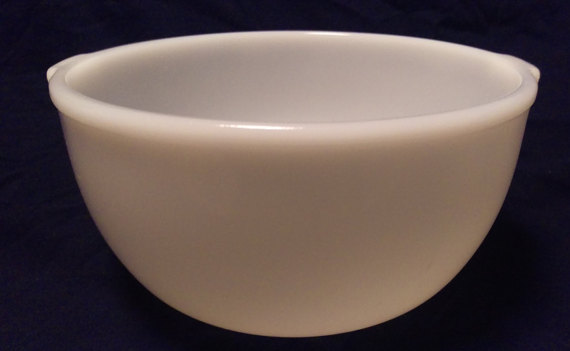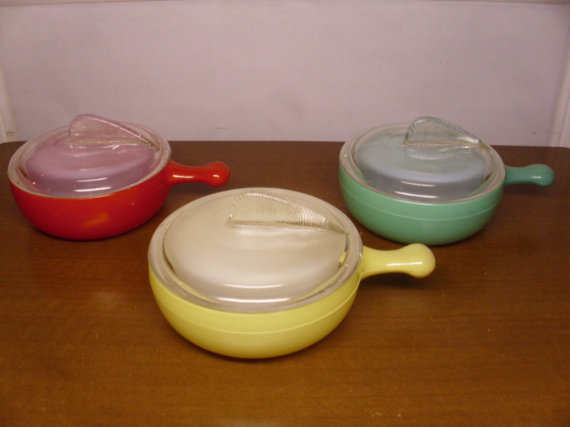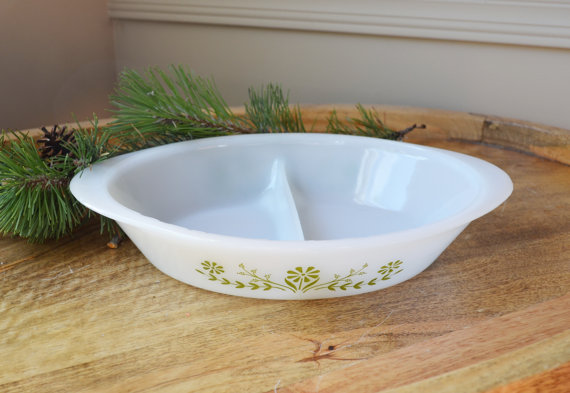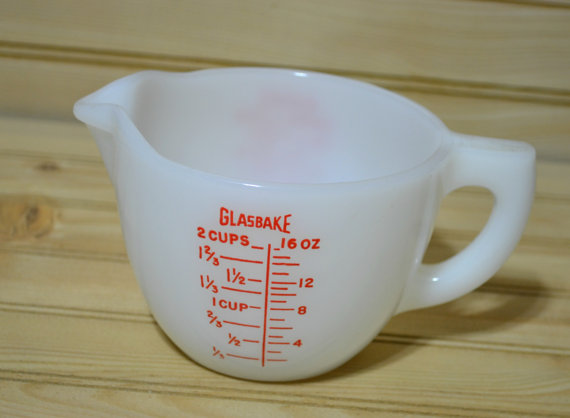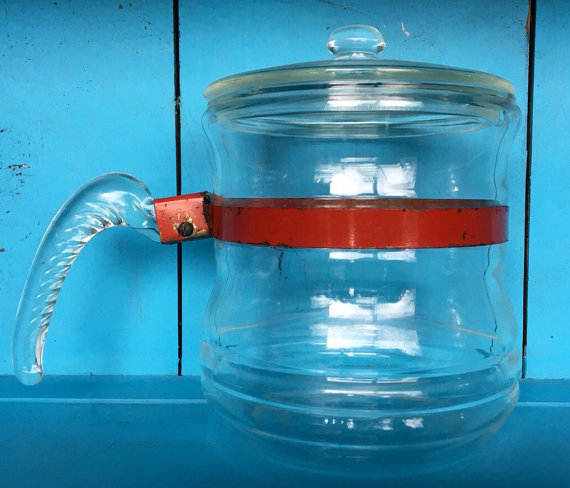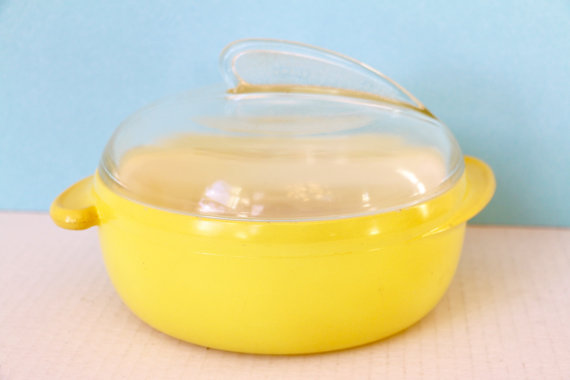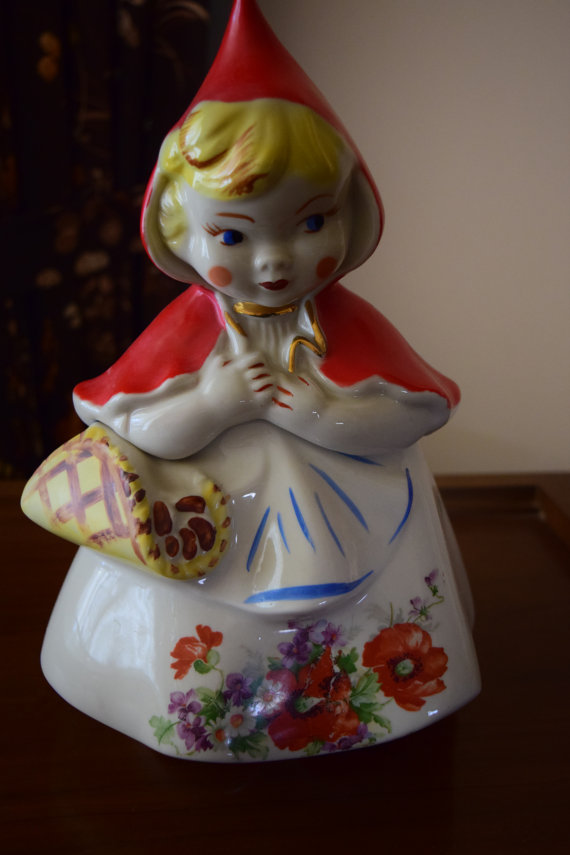Take a look at this absolutely adorable creamer I picked up this weekend to put in the Vintage Eve’s Shop! I passed it by at the flea market and then went back, put it down and finally gave in because I love the colors and just its general adorableness. Look at that hat!

There are no markings on it but it’s easily identifiable as Royal Copley Spaulding. So you know I had to research it to share with all of you!

In researching, I found a very informative site for the Royal Copley collector. Please check them out! They have some great information. What they say is that Royal Copley was actually the Spaulding China Company’s most popular line but because it was so popular, most people refer to Spaulding China as Royal Copley.

Spaulding China, Co. ran from 1942 to 1957. Not a long time compared to some of the other potteries I’ve blogged about here, but they were prolific. They were located in Sebring, Ohio. Their pottery was marketed to high-end stores and, according to the website Royal Copley Collecting, “85 % of the product was marketed as “Royal Copley.”” And the name seems to have stuck.

Digging further, the Spaulding China Co., whose headquarters were actually in the Empire State Building, was created due to a need for ceramic clock cases like the ones they had gotten in Europe.

Five guys formed the company. According to the Sebring Ohio Historical Society, “the officers of Spaulding China were Irving Miller, of Jamaica and Long Island, New York, vice president, Morris Feinberg, of Mount Vernon New York, president, Daniel Eisenberg, of Plainfield NJ, vice president, David Borowitz, of Chicago, IL, secretary and George Stanford owned the Spaulding China Company.”

They go on to say that Miller and Feinberg owned an import business selling clocks. So they set up the pottery to make the clock cases, however, when the WWII started, they had trouble getting the rest of the metal parts so they decided to just turn their pottery into something else.

Then, in the post-war, post-Depression 1940s, people wanted items to brighten their home. That’s where Spaulding China began to shine. It was a “hot” place to work, literally, when they got their circular kiln going and could make product 24/7, the temperature in the plant was between 103° and 130° F.

They made a lot of items from low-end to their Royal Copley high-end lines. As Sebring Ohio Historical Society states, the Spaulding China, Co. motto was “‘gift shop merchandise at chain store prices.'” As they got going, they realized that they could just as easily make high-end merchandise as they could junk.

At their height, they had about 50 casters and 35 artists. They were most famous for their birds. Apparently, at one point it was estimated that they churned out about 6,000 birds a day! It isn’t clear as to what caused them to go under. It seems they were unionized, though, and they paid top dollar to their employees. Also, as we have seen with a number of these companies, they began to lose a ton of business to cheap imports that flooded the market. Unfortunately, that spelled the demise of the Spaulding China. Co., as well.

Please check out the Sebring Ohio Historical Society and Royal Copley Collecting for more in-depth information.

If you are looking for more vintage treasures, be sure to check out the Vintage Eve’s shop. If you liked today’s post, be sure to leave me a comment. I love reading all your comments!
Thanks for reading and have a great week!
Where do I like to party? At Adirondack Girl @ Heart of course!



